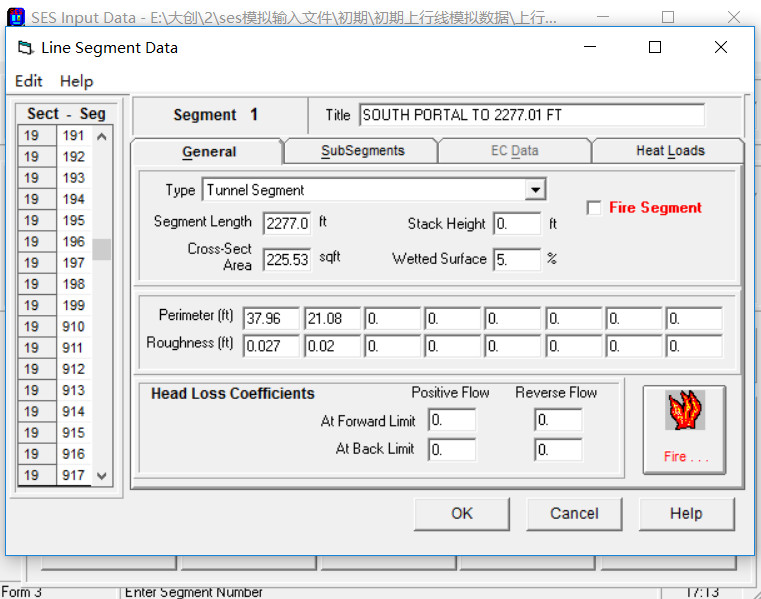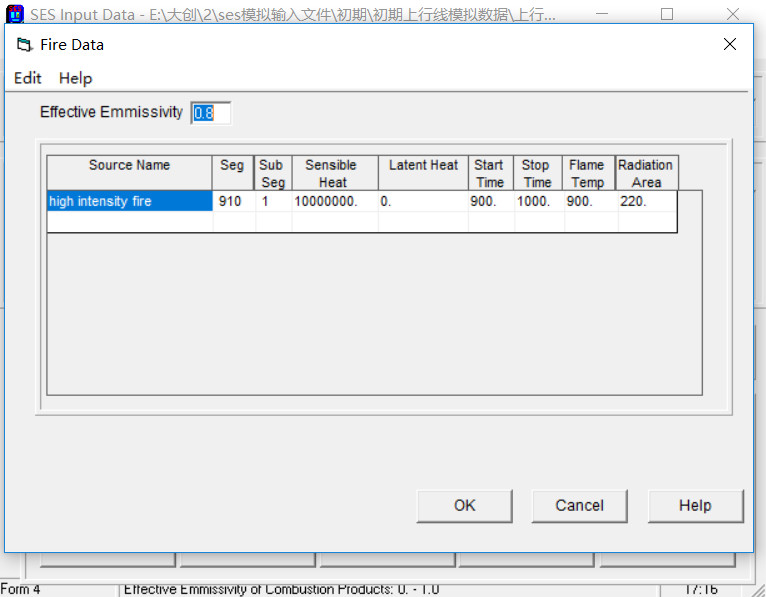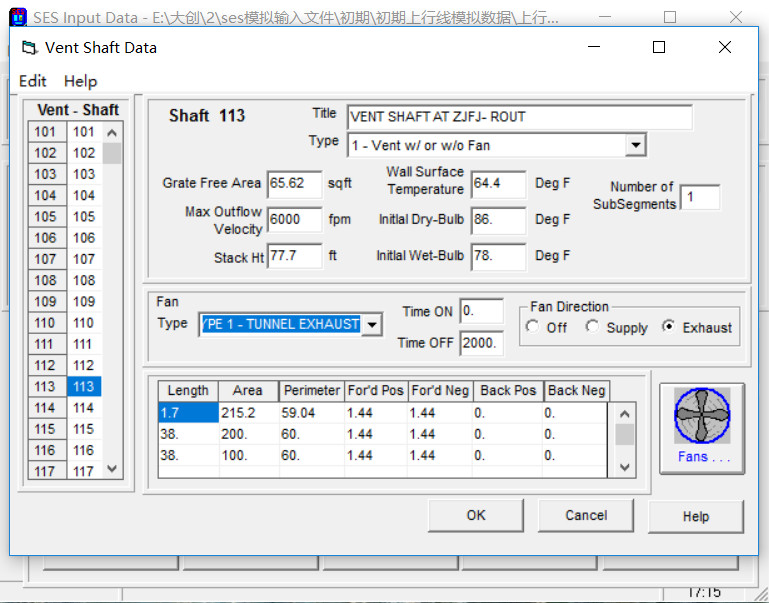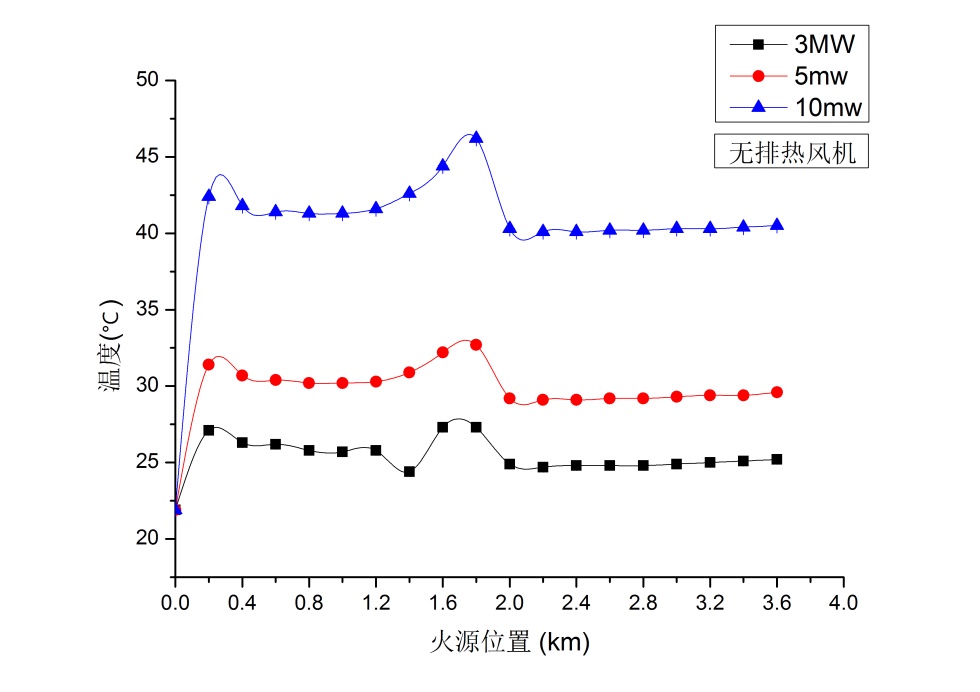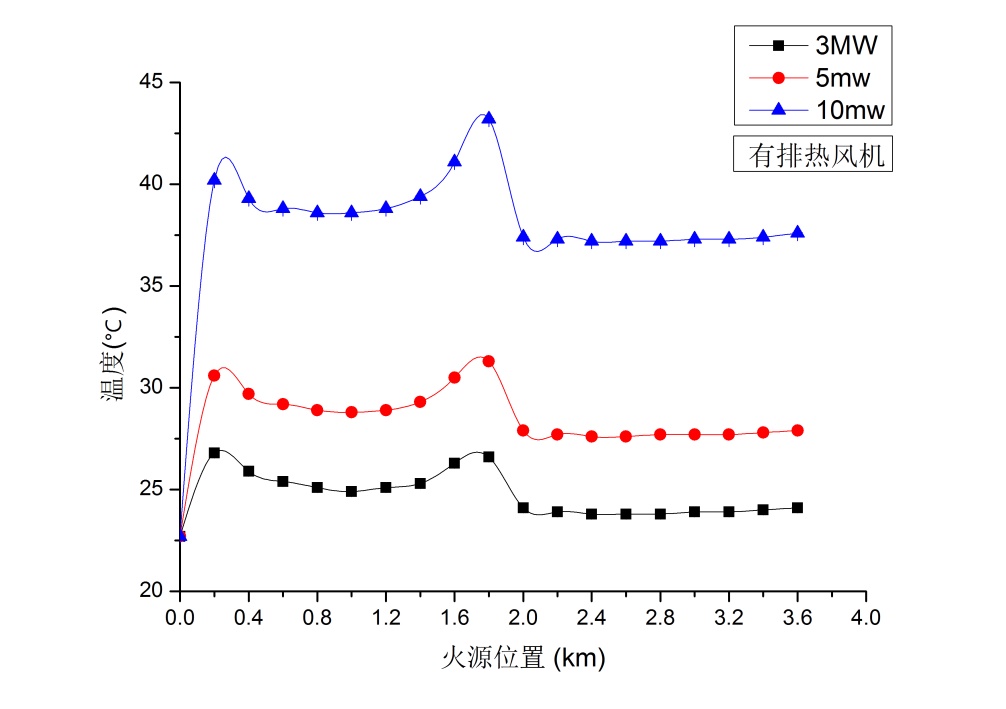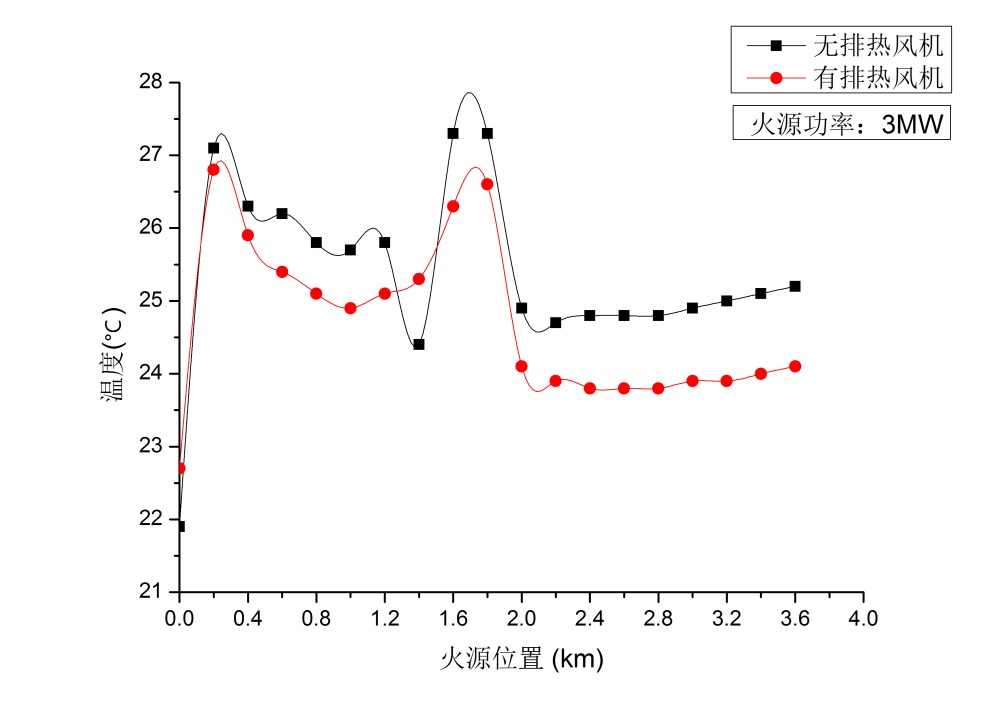地铁过江隧道火灾事故通风模式优化研究-以南京地铁十号线为例毕业论文
2020-04-24 11:17:45
摘 要
针对地铁过江隧道火灾工况通风排烟的问题开展分析研究,并以南京地铁十号线过江区间隧道为研究对象,采用场-区-网复合模拟和小尺寸模型实验相结合的方法,模拟该隧道现有通风排烟模式在火灾工况下的排烟效果,建立其火灾动力学简化模型,并根据所得数据判断该模式的安全有效性。结果表明,在现有模式下区间隧道发生火灾时,隧道内易发生烟气逆流现象,烟气中的CO浓度不能有效下降,且在隧道范围内温度过高,对人员逃生构成潜在威胁。针对该问题并结合实际工况,本文提出了在顶部土建风道自然排烟口处加设机械排烟的半横向通风排烟模式,并对优化模式下的隧道火灾工况进行计算机模拟,结果表明,经过优化后,以上问题得到了有效的解决,并在一定程度上验证了该方法的可行性。
关键词:隧道火灾 数值模拟 通风排烟 中间风井
Study on fire semi-transverse ventilation optimization in long interval tunnel —taking nanjing metro line 10 as an example
Abstract
This paper analyzes the ventilation and smoke exhaust of subway tunnel under fire condition, and takes Nanjing subway line 10 tunnel across the river as the research object. By adopting the combination of field-zone-network simulation and small-size model experiment, the smoke exhaust effect of the existing ventilation and smoke exhaust mode in the tunnel under fire condition was simulated. The simplified fire dynamics model was established, and the safety and effectiveness of the model was judged according to the data obtained. The results show that when the fire occurs in the tunnel under the existing mode, the flue gas countercurrent phenomenon is easy to occur in the tunnel, the CO concentration in the flue gas cannot decrease effectively, and the temperature is too high in the tunnel, which poses a potential threat on the escape of personnel. Aiming at this problem and combining witthe actual working conditions, this paper puts forward a mode of semi-transversal ventilation used for fire smoke exhaust with mechanical smoke exhaust at the natural smoke exhaust port of the civil air duct at the top, and carries out numerical simulation of the tunnel fire working condition under the optimized mode. The results show that the above problems are solved effectively after optimization, and the feasibility of this method is verified to some extent.
Key Words: tunnel fire;numerical simulation;ventilation exhaust smoke ;intermediate air shaft
目 录
摘要 I
Abstract II
第一章 绪论 1
1.1 研究背景及意义 1
1.2 地铁隧道火灾起因及特点 2
1.3 国内外研究现状 4
1.4 研究内容 6
1.5 技术路线 7
1.6 论文结构 8
第二章 地铁区间隧道火灾工况网络模拟 9
2.1 SES软件介绍 9
2.2 区间隧道网络模拟设计 11
2.3 模拟结果分析 12
2.4 本章小结 17
第三章 地铁区间隧道火灾工况区域模拟 18
3.1 CFAST介绍 18
3.2 区域模拟设计 19
3.3 模拟结果分析 21
3.4 本章小结 28
第四章 地铁区间隧道火灾工况场模拟 29
4.1 Pyrosim软件介绍 29
4.2 PyroSim建模过程及方法 30
4.3 模拟结果分析 36
4.4 本章小结 59
第五章 地铁区间隧道小尺寸模型实验方案 61
5.1 火灾模型的相似理论 61
5.2 地铁区间隧道小尺寸模型实验台设计 61
5.3 本章小结 64
第六章 总结与展望 65
6.1 研究结论 65
6.2 研究创新点 66
6.3 研究展望 66
参考文献 68
本项目获奖情况 70
致谢 71
第一章 绪论
1.1 研究背景及意义
伴随我国经济水平的不断提高,城市化进程越来越快,城市的规模也越来越大,随之而来的交通拥堵等问题也越来越明显。城市交通系统不得不发展地下交通系统,以此来缓解地面交通系统的压力。地铁作为一种新兴的交通系统,目前已被广泛采用于各大中城市,其客容量大、舒适性高、准点快速、舒适安全等优点使地铁已成为人们出行最受欢迎的交通工具之一,对促进社会经济发展、缓解社会矛盾、提高社会可持续发展能力做出了巨大贡献。相对于国外,我国地铁发展较晚。1969年北京正式建成运营我国首条地铁线路。改革开放后,我国地铁建设进入发展的高潮期。据有关部门统计,截至2016年底,全国城市地铁总里程10 207.81 km,已建成3 649.88 km,未建成6 557.93 km[1]。
隧道作为城市地铁运营线路上的重要一环,对地下交通系统的发展起着积极的促进作用,特别是跨越山岭、湖泊以及河流的地区,显现出了非常明显的优势。目前国内隧道建设的具体表现为里程数不断增加、特长和长大隧道以及大规模隧道群不断涌现,以隧道方式跨越水域的工程日益增加,在未来30年内,中国还将涌现出里程更长、结构更为复杂的海底隧道工程以及近百座跨越江河湖泊的水下隧道[2]。
相关图片展示:
